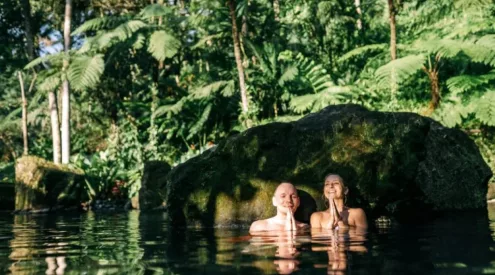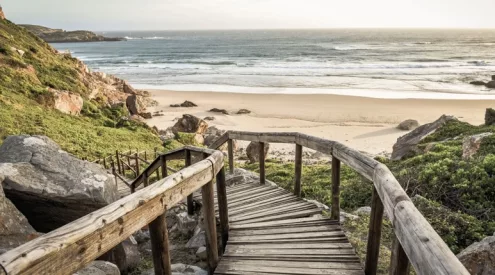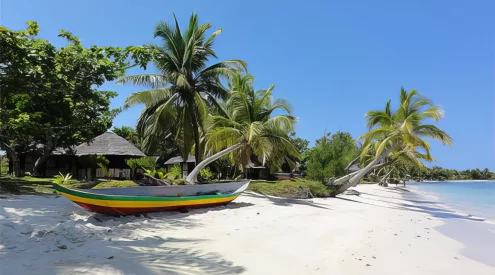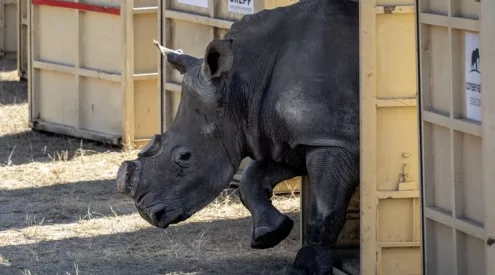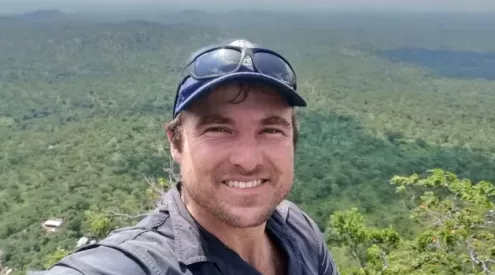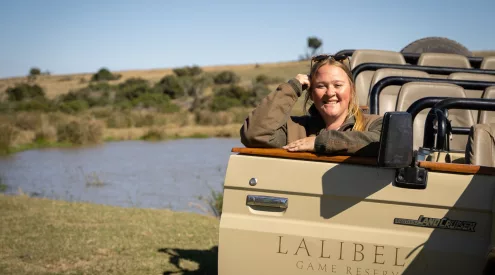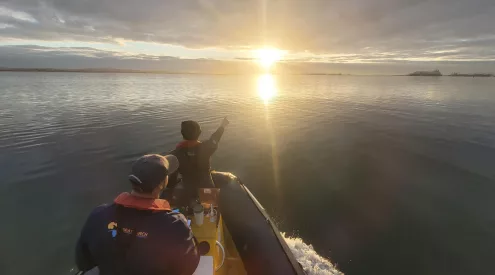A new eco-friendly shark barrier system has been invented by a team of South African scientists and conservationists. This system can go a long way in protecting sharks and humans from each other, and is a viable alternative to nets which can cause more harm than good.
The barrier system, called ‘SharkSafe Barrier’, consist of magnets – to which sharks are extremely sensitive – in pipes built from recyclable plastic. The system is modelled on natural kelp forests, which a host of animals like seals use to hide from sharks.
https://t.co/EWiv3QsEc3 – Grateful for a such a passionate team to help complete our study on the #SharksafeBarrier #ecofriendly #SharkWeek pic.twitter.com/5DTvgZRRLr
— Dr. Craig O’Connell (@TheSharkDoctor) July 14, 2017
‘The SharkSafe Barrier is the first technology that was invented by bio-mimicking the habitat naturally avoided by large sharks (it creates a visual barrier between sharks and humans, by utilizing the natural instinct of sharks the avoiding entering a thick kelp forests),’ SharkSafe says on its website.
‘The addition of a strong magnetic fields adds an extra safety measure, since large magnets have proven to be strong deterrents for shark species.’
These barriers have no effects on other marine animals, they can swim right through it.
‘These magnets don’t need a power source — they are like fridge magnets, but on steroids. We have one per metre to create a magnetic field. It is shark-specific. It has no effect on other animals — in fact, it creates an artificial reef that increases the local biomass,’ Dr Sara Andreotti, a marine biologist in the Department of Botany and Zoology at Stellenbosch University told The Daily Maverick.
SharkSafe Barrier – September 2020 (many and exciting) News are out! Subscribe to receive our progress directly to your email- https://t.co/XVPRks1omB pic.twitter.com/VdDaOQx3pR
— Sara Andreotti (@AndreottiSara) September 27, 2020
These barriers have come a long way in being perfected after it was first invented in 2012. They have since been trialled in South Africa and the Bahamas, with 100% success. Several units were then installed in Reunion Island in January this year.
SharkSafe Barriers still face many challenges before it can be successfully implemented in South Africa.
According to Andreotti, a legal framework would be needed. She added that ‘the government in general, hates to change its ways because they have been doing something in a specific way for so long. Unless there is enough public pressure and change becomes the easier thing to do.
‘The shark nets do not protect surfers, it just kills the animals. Before a cost estimate can be given, we have to survey the seabed. Each place is vastly different. I don’t want to raise expectations and then the price is different’, she said.
The team has adopted a ‘bottom-up’ approach, meaning they urge the public to show their support until eventually the government and other authorities will act and mobilise the practical resources needed to make this a reality in the country.
‘It is our mission for the SharkSafe Barrier to be deployed worldwide in all areas currently facing the threat of shark attacks,’ the website read. ‘We hope to see our innovation moving the world into a greener direction.
‘It is our hope that when enough people will stand with us and support the use of the SSB to protect surfers without harming the marine environment, we will get a step closer to really make this happen.’
Picture: Twitter/TheSharkDoctor

